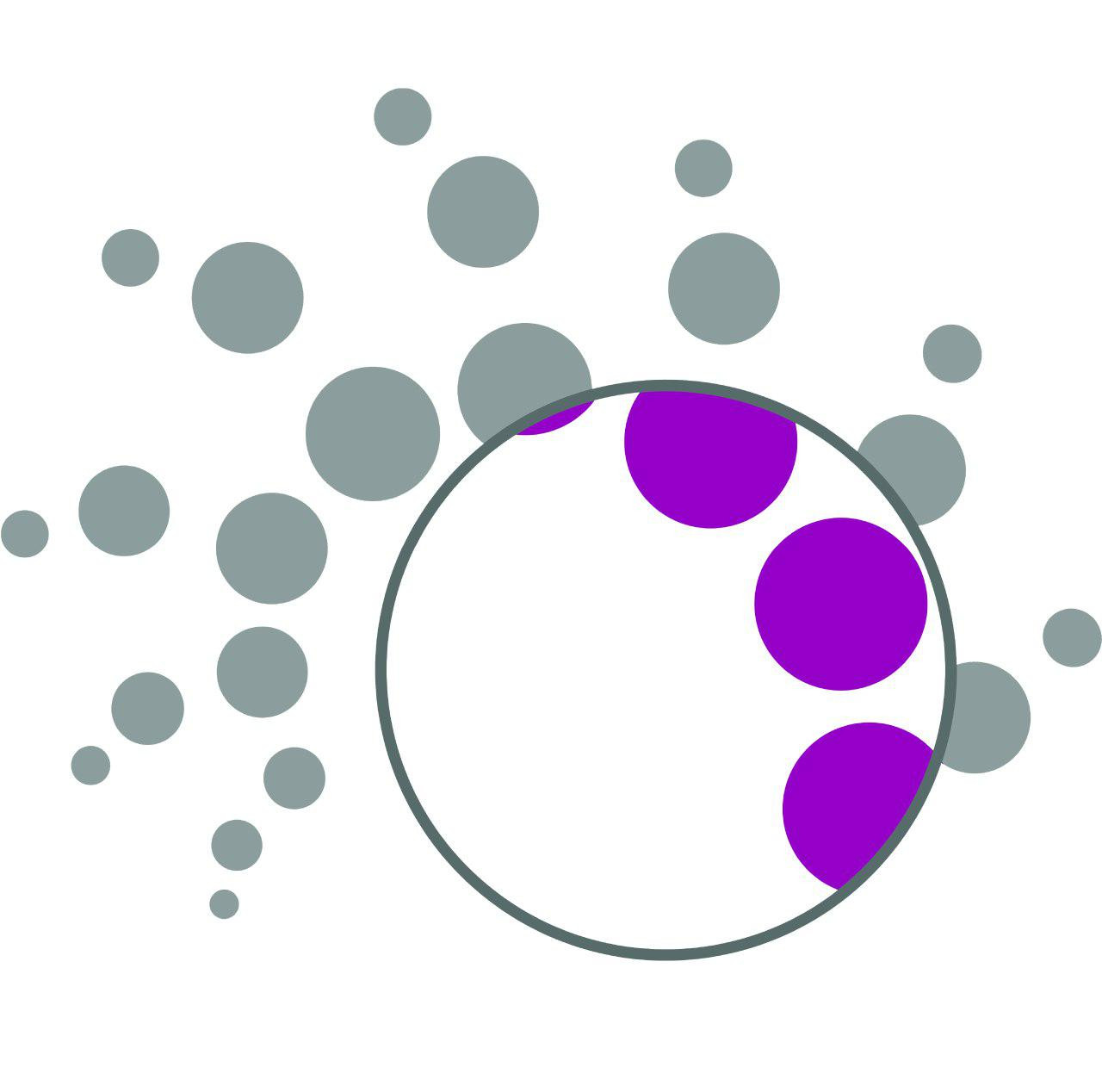One of the novel and innovative methods for determining the thickness of thin films is the use of laser and diffraction phenomenon. The diffraction phenomenon is one of the most important phenomena in physics, which originates directly from the wave-like behavior of materials (mainly electromagnetic and electron waves). The diffraction phenomenon, in a nutshell, states that the phase difference between waves is often destructive, and the interference is only in certain specific conditions constructive. To date, the idea of inventing most of equipment has derived from the above point. One of the most recent equipment, developed based on the diffraction phenomenon, is the thin-film thickness measurement tool using Fresnel diffraction. The idea of using Fresnel diffraction to determine thickness was firstly introduced and published by Prof. M. T. Tavassoly in 2007. It should be noted that although the fundamentals of the diffraction phenomenon are the same, but this phenomenon appears in different ways in the nature. The Fresnel diffraction is one of the diffraction forms which appears when the parallel beams of light collide at a dark plane with two small apertures. The pattern created by these two holes on a screen at the back of the dark plate is called Fresnel diffraction and is in the form of dark and light lines. It is clear that the created pattern is affected by the distance between apertures. In the present method, a similar mechanism is also used to measure the layers thickness.
Laser, collimator, goniometer, sample holder, CCD camera and software module are the main parts of this technique. In this method, a single wavelength laser is used as light source. The laser beams pass through the collimator to be paralleled. Then light beams collide with the deposited sample. Because of the presence of difference between the thicknesses of deposited layer and substrate, reflection of beams from the specimen surface leads to the phase difference. By changing the angle of the goniometer, the Fresnel diffraction patterns are thrown onto the CCD camera. The CCD camera converts the analog images of diffraction patterns into digital ones and gives them to the software module. Finally, calculation of the deposited layers thicknesses gets possible with the aid of mathematical diffraction equations. Due to the use of beams of light and diffraction phenomenon, this method is capable to measure the thickness of deposited layers in the range of 20 nm to 2 μm with an accuracy of 2 nm.
The device provided by manufacturer has the potential to measure the thickness of the deposited layers with high accuracy using the light diffraction laws. Details of technical specifications are presented in the following Table.
One of the most important measurement instruments in thin film laboratories is a tool which can quickly measure the thickness of thin films with high precision. The device provided by manufacturer has the potential to measure the thickness of the deposited layers in the range of 20 nm to 2 μm with less than 5% error using the light diffraction laws.



